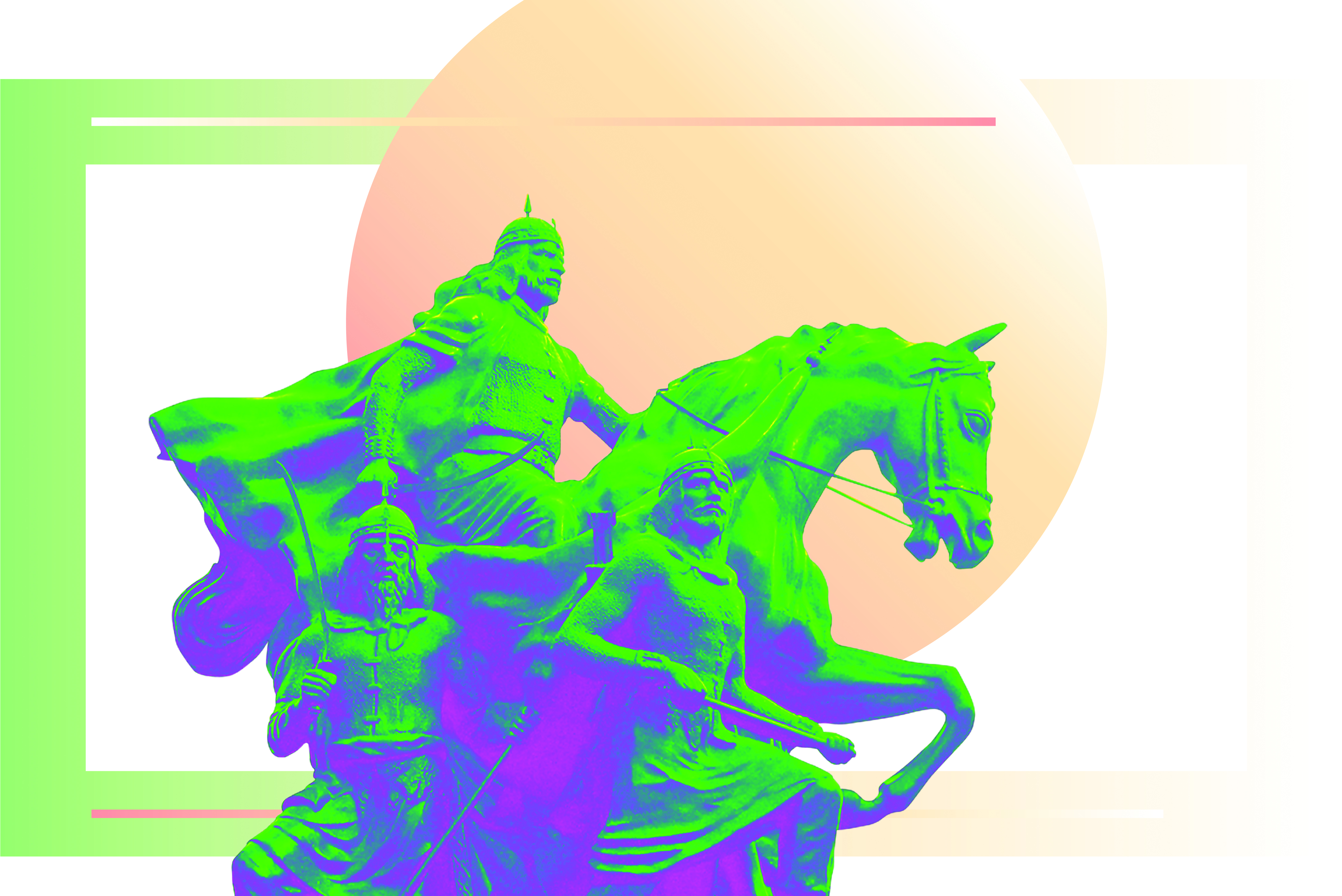
There is much that we can learn from those who shaped the landscape and culture of the Middle East to make it what it is today. Hi Weekly’s fortnightly Heroes of Arabia series provides an insight into some of the legendary men (and women) who continue to act as inspiration for all of us to become better than we are, and still motivate us to do our best in the face of challenges and hardships. Our first issue takes a look at Saladin, the legendary Arab leader who successfully turned the tide and led his forces to victory during the Crusades.
Born
Saladin was born in 1137 AD, in the town of Tikrit in Upper Mesopotamia (modern-day Iraq), where his father ruled as warden of the Abbasid Caliphate, and he received a noble’s education, learning about mathematics, geometry, astronomy, and religious studies.
Early Years
Saladin was named vizier of Egypt after he helped overthrow a combined force of Egyptians and Crusaders in 1169, putting an end to a six-year conflict that had stained the sand of Egypt red.
Once established in Egypt, he began marshalling his forces to assault the Crusader encampments in Arabia and northern Africa, around 1170 AD, razing the occupied city of Gaza in the same year, before being proclaimed Sultan a year later.
In 1174, Saladin was also bestowed the title of ruler of Syria after his aid had been requested by the current ruler. Although he only travelled with 700 horsemen, rumours of Saladin’s honourable reputation, had spread far and wide, and his force swelled rapidly as Bedouins and Arabs alike joined his warriors.
Having lived in Damascus as a child, he was met with little resistance as his troops entered the city, and in the wake of the growing Crusader threat, was installed as Sultan of both Egypt and Syria.
Seven years later, Saladin launched an expedition in the Mesopotamian hinterland, under invitation from the Emir of Harran. Saladin won numerous victories against his Zengid enemies, conquering the towns of ArRaqqah, Saruj, and Edessa.
Claim to Fame
Saladin is best known for turning the tide of the Crusades in favour of the Arabian kingdoms. In 1182, with French raids under Reynald de Chatillon crippling trade caravans in the region via both the land and the sea, despite an ongoing truce between both sides, Saladin knew it was time to take the fight to the invaders.
After five years of constant skirmishes between, the Crusaders had perceived Saladin to be enough of a threat to meet him in open battle.
The stage for this decisive encounter was the foothills of the Horns of Hattin, an ancient volcano located in present-day southern Israel. The Crusader states had assembled an army of 20,000 men, commanded by Raymond III of Tripoli, Garnier de Nablus, and Reynald himself.
But although Saladin’s army was greater in number and more determined, that was not all that solely decided their fate on the battlefield: They controlled the few oases in the desert, and as the day wore on, it was not the Arabs, but thirst, that became the Crusaders’ worst enemy.
So heavy were the losses sustained by the Crusaders that they were effectively finished as a fighting force.
Saladin then moved onto Jerusalem, the birthplace of three of the world’s faiths, and after a siege, captured the city on Friday, the 2nd of October, 1187. After discussing terms with the Holy City’s French rulers, he allowed free passage to all those who did not want to stay under Arab rule.
Legacy
Even before Saladin had engaged the Crusaders, he had developed a reputation as a skilled commander and honourable foe.
During the third Crusade, in 1192 his forces met those of Richard the Lionhearted, the King of England, on the battlefield. During the course of the battle, Saladin saw Richard fall from his horse.
Instead of ordering his forces to capture Richard, he sent him a pair of the finest Arabian stallions, taking the English king aback: Richard’s long conflict with the Arab fighters had led him to assume that his foes were a cruel and bloodthirsty lot.
This wasn’t the first time he’d helped Richard: Far from home, and unaccustomed to the scorching weather of Palestine, Richard fell ill, and as a gesture of comfort, Saladin sent his one-time enemy fresh fruit and mountain snow, the latter to be used as a long-lasting source of water.
When he ultimately reclaimed Jerusalem, he ordered his men not to plunder and loot the city, in contrast to the Crusaders, and allowed all pilgrims to arrive at the city and pay homage to their deities, as long as they were unarmed.
In Modern Day
Today’s Saladin’s Eagle banner adorns the coat of arms of Egypt, as well as the Regional Government of Kurdistan.
Saladin has often been named ‘the most famous Kurd ever’, and his symbols were later used by the governments of Iraq, Libya, Palestine, and Yemen.
The eagle was also employed as the official standard of the United Arab Republic, a short-lived union between Syria and Egypt, which saw Saladin’s history repeat itself as the two nations became one from 1958 to 1961.
In European circles, Saladin’s chivalry and honour place him far above even the most courageous of knights, and he is revered as a hero among all Arabs.
What does Saladin stand for?
Saladin represents the core tenets of humanity: He was always compassionate and kind towards those who needed his aid and were unable to fend for themselves. His honour on the battlefield and in affairs of statecraft won him admirers not just among his allies but among his enemies as well. Saladin gave away nearly all of his personal wealth as well. He strongly believed that a government is judged on the basis of how its poorest were treated. And that is why he remains the embodiment of all that Arabia holds as a measure of greatness. —[email protected]